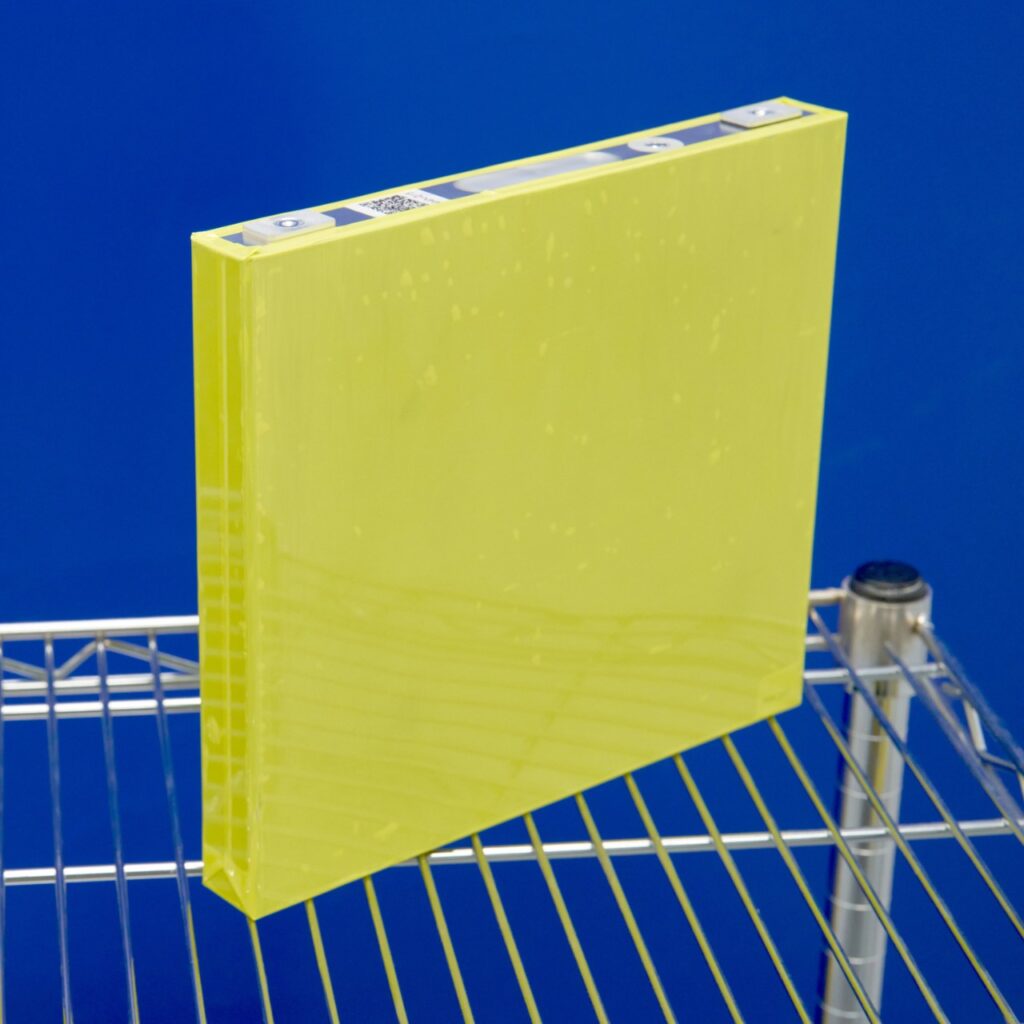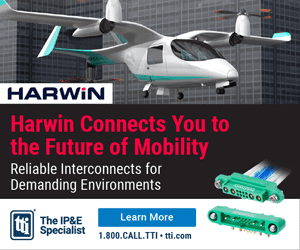GM and its battery partner LG Energy Solution have introduced a new type of battery cell that they say will enable EVs with “an attractive combination of long range and low cost.” The GM/LG joint venture Ultium Cells aims to start commercial production of LMR (lithium-manganese-rich) prismatic cells in the US in 2028, and GM plans to use them in future electric trucks and full-size SUVs.
Now, here at Charged, we read about “big leaps forward” and “game-changers” every day, and deleting such language is usually the first step in our editing process. But in this case, we think GM might be onto something important. John Voelcker—no wide-eyed cub reporter—described GM’s new tech as “potentially groundbreaking” in a Wired article. LMR cells could offer up to 30 percent more energy density than today’s typical cells, at a similar cost. More intriguing, they could provide a way to break China’s dominance of the market for low-cost EV battery cells.
At the moment, all of GM’s twelve EV models use Ultium cells based on an NMCA (nickel manganese cobalt aluminum oxide) battery chemistry. According to GM, these contain roughly 85% nickel, 10% manganese and 5% cobalt. The new LMR cells use much more manganese, which is cheaper and more readily available than either nickel or cobalt. GM Battery Engineer Andy Oury told John Voelcker that they consist of 60-70% manganese, 30-40% nickel, and less than 2% cobalt.


In recent years, automakers have been increasing their use of cells based on LFP chemistries, which are cheaper than NMC cells, though the latter offer higher performance. The bummer is that China owns most of the intellectual property having to do with LFP chemistry.
GM says its future strategy will involve using different chemistries for different types of EVs: LFP for its least expensive models; NMCA for high-performance models; and the new LMR to provide long range at low cost for larger EVs.
“LMR will complement our high-nickel and iron-phosphate solutions to expand customer choice in the truck and full-size SUV markets,” said Kurt Kelty, GM’s VP of Battery, Propulsion and Sustainability.
Before joining GM, Kelty spent 15 years with Japanese cell maker Panasonic, and 11 years as Tesla’s battery czar. He told Wired that he was initially resistant to using LMR cells, but GM’s battery engineers, who had been working on the chemistry since 2015, brought him around. LG Energy Solutions also has its own portfolio of some 200 LMR-related patents dating back to 2010.
GM plans to use the LMR chemistry to build prismatic cells, which are rectangular in shape, making them more efficient to package in large EVs than pouch cells. Using larger cells can reduce the total system cost by reducing the need for structural elements in a battery pack. GM estimates that using prismatic cells will reduce total pack components by 50%.
LMR cells have historically been plagued by a short lifespan and voltage attenuation over time. GM has worked with suppliers to optimize materials, added proprietary dopants and coatings, and made several process innovations. “The result is that our new LMR cells can match the lifespan of current generation high-nickel cells, with comparable performance but much lower cost,” says the company.
Has a US automaker stolen a march on the Chinese for once? Perhaps, but GM isn’t the only one interested in LMR cells (which, Voelcker points out, should logically be called LMN, for lithium-manganese-nickel). Ford’s Global Director of Electrified Propulsion Engineering, Charles Poon, announced in a LinkedIn post in April that his company hoped to use “game-changing” LMR cells in its EVs “within this decade.”




